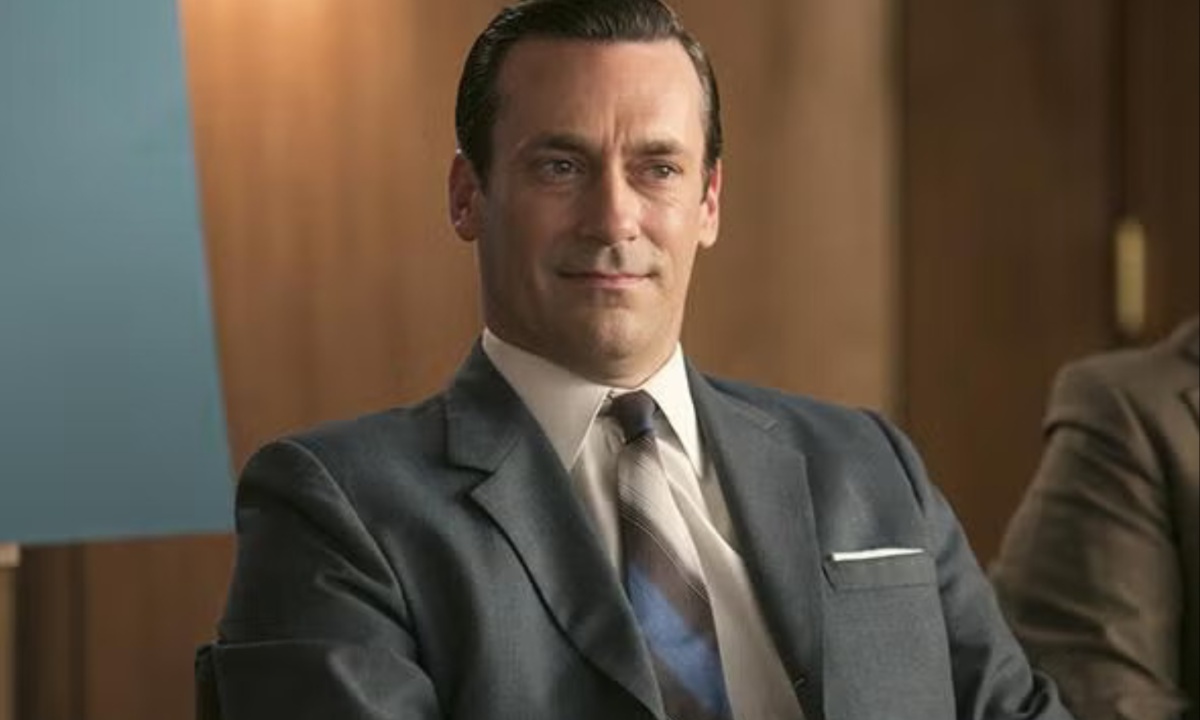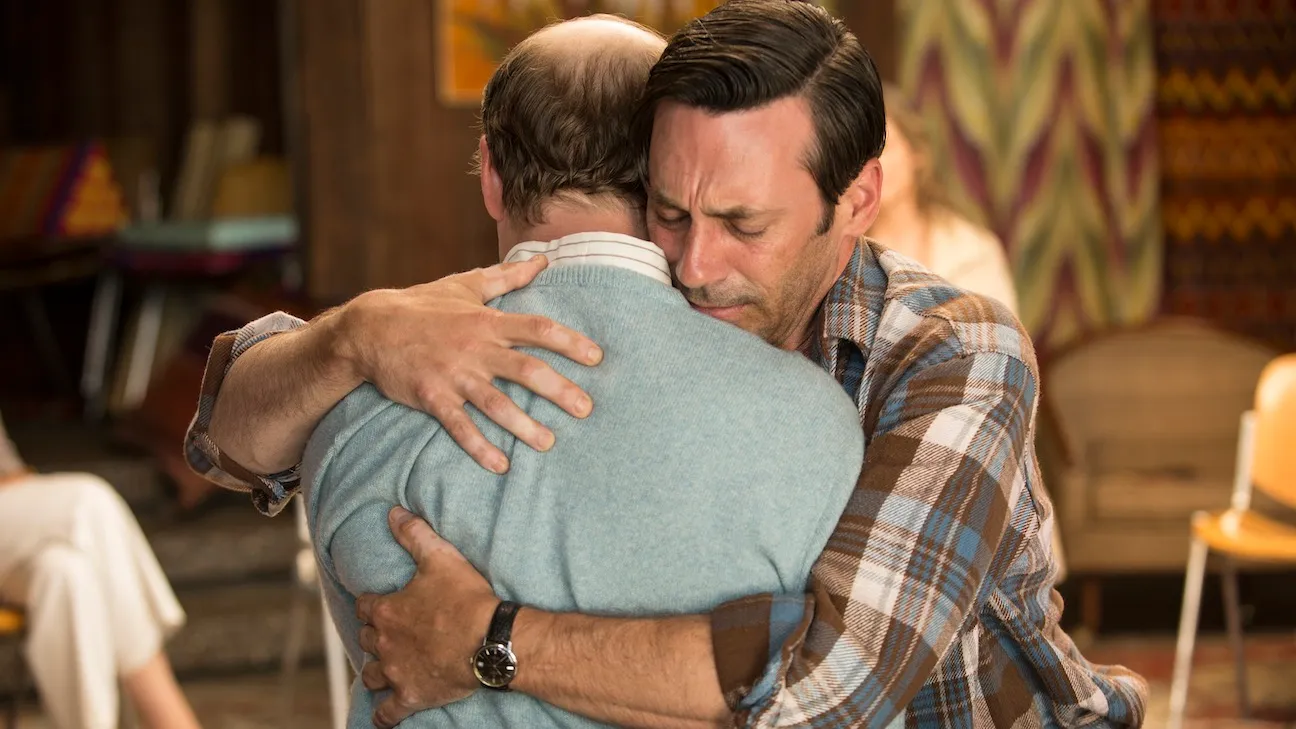Mad Men concluded in 2015 after seven seasons, wrapping up the intricate journeys of its well-developed characters. The show’s finale has been the subject of ongoing debate and analysis, as its open ending leaves fans with lingering questions. While the show was praised for its authentic portrayal of the advertising world in the 1960s and its deep character exploration, the ambiguous finale has been both a point of contention and admiration.
The show’s creator, Matthew Weiner, is known for favoring ambiguity, and this conclusion reflects the complexity of the characters’ growth while keeping the audience engaged in a rich narrative.
Joan and Peggy, two of the strongest female characters in Mad Men, end the series in different ways that reflect their personal growth throughout the show. Joan Holloway, once a secretary with dreams of becoming more, finally achieves independence. In the finale, Joan decides to leave her romantic relationship behind and pursue her ambition of starting a production company.
This step represents her long-standing desire to prove her worth beyond her looks and to succeed in business on her terms. On the other hand, Peggy Olson chooses to stay at McCann, aiming to climb the corporate ladder and solidify her place in the advertising world. Peggy’s decision to stay at McCann allows her to achieve professional success, and her personal growth is marked by her relationship with Stan Rizzo, who understands her both professionally and personally.

Pete Campbell’s Personal and Professional Growth
Pete Campbell, a character who started out as an arrogant and entitled junior copywriter, experiences significant growth over the course of the series. By the finale, Pete has evolved into a more self-aware and responsible individual. His decision to leave McCann and take a new job offer signals a fresh start, and his marriage has become more fulfilling.
This marks a shift from his earlier selfish behavior. Pete’s transformation is a testament to the show’s ability to develop even its most disliked characters, turning them into more relatable and well-rounded figures. His future is optimistic, filled with promise of wealth and stability, reflecting the changes he has undergone.
Roger Sterling, known for his carefree attitude and penchant for indulgence, also undergoes a transformation by the series’ conclusion. While he maintains his unconventional approach to life, Roger finds a measure of stability and emotional fulfillment in his relationship with Marie Calvet, Don Draper’s ex-mother-in-law.
The two marry in the finale, which signifies Roger’s ability to find someone his own age who understands his eccentricities. Roger also makes a gesture of commitment by including Joan’s son in his will, marking a step toward deeper emotional connections. While Roger’s journey has always been about embracing freedom, his final choices show that he is ready to settle into a more grounded version of himself.
The central character, Don Draper, has always been consumed by the conflict between his public persona and his true identity. A successful creative director at an advertising firm, Don’s personal life is plagued by emptiness and self-doubt, driven by the fact that his entire life is built on a lie.
His true identity, Dick Whitman, was hidden when he assumed the name of a fallen comrade during the Korean War. Throughout the series, Don is haunted by his past and struggles to find peace. In the finale, his quest for self-discovery takes him to a retreat in California, where he confronts his inner turmoil. However, this journey is not about achieving a final resolution but rather acknowledging the conflict that has defined his existence.
Betty Draper, Don’s ex-wife, faces a grim but fitting end in the series. After discovering she has terminal lung cancer, Betty chooses to face her mortality with acceptance, deciding not to undergo further treatment. Her death, though tragic, serves as a natural conclusion to her character arc.
Throughout the series, Betty struggles with her role as a housewife and her search for fulfillment. In the end, she finds a sense of clarity and peace, and her death forces her children, particularly Sally, to step up and take responsibility. Betty’s story reflects the show’s willingness to explore complex and often painful realities of life, where not everyone gets a happy ending.

The Hug Between Don and Leonard
In the season finale, Don has an emotionally significant interaction with Leonard, a character who represents the average person struggling with existential dissatisfaction. Leonard confesses his sense of emptiness and loneliness, and Don, who has long struggled with similar feelings, is moved by his story. The two share a hug, which symbolizes a turning point for Don.
This embrace is not just about offering comfort to Leonard, but also about Don accepting his own pain and past. It marks the beginning of Don’s attempt to heal and reconcile the different parts of himself. The hug becomes a key moment, showing that Don is beginning to make peace with his past and, perhaps, moving toward a more authentic self.
The finale ends with the iconic 1971 Coca-Cola commercial, “Hilltop,” in which people from different backgrounds come together to share a Coke. This commercial, one of the most famous advertisements of all time, plays a crucial role in the show’s conclusion. Many viewers wonder if Don Draper created the ad, and creator Matthew Weiner confirmed this in interviews.
The ad represents the culmination of Don’s journey—he finds inspiration and peace after his retreat, suggesting that his time away has led to a breakthrough. While some may view this as a cynical return to the world of advertising, others interpret it as a symbol of Don’s enlightenment and rediscovery of creativity. The commercial’s hopeful message contrasts with Don’s earlier cynicism, signaling his potential for personal growth.
Ambiguity and Interpretation of the Ending
The open-ended nature of Mad Men’s finale has sparked much debate. Some fans see it as a hopeful conclusion to Don’s journey, with his potential for redemption and happiness reflected in the commercial. Others view it as a return to the hollow existence that characterized his life before.
Matthew Weiner’s preference for ambiguity ensures that the ending remains a subject of varied interpretation. This allows audiences to project their own thoughts and feelings onto the final moments, making the series finale both satisfying and unsettling. The ambiguity also mirrors the overall theme of the show, where the line between personal fulfillment and professional success is often blurred.
Mad Men is widely regarded as one of the greatest TV shows of all time, with its complex characters, period accuracy, and deep themes. The show’s influence on television is undeniable, and its finale continues to be dissected by fans and critics alike. While the ambiguous ending may have left some unsatisfied, it also serves as a reminder that life is full of uncertainty.
The show’s exploration of identity, capitalism, and personal struggle resonates long after the final episode, ensuring that Mad Men remains an integral part of television history.
The ending of Mad Men is a fitting conclusion to a series that has explored the complexities of identity, personal growth, and the pursuit of happiness. While some characters find resolution and others face continued struggles, the finale’s ambiguity reflects the unpredictability of life itself.
It captures the essence of the show—its ability to confront harsh truths about human nature and society, while also offering a sense of hope and transformation. Ultimately, the finale leaves viewers to interpret the characters’ futures, offering a sense of closure while preserving the show’s thematic richness.



